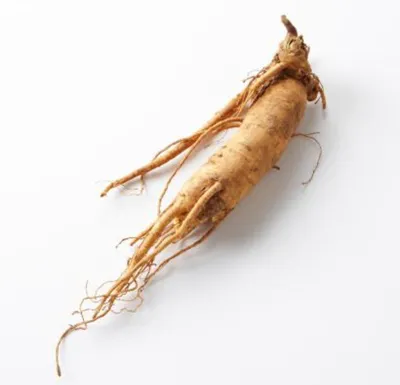Sometimes I don't want to accept the fact that certain things will trigger a yeast flare-up because I don't want to stop what I am doing. You know how that goes.
However, over the years I have learned that the following behaviors, environmental conditions, food or drinks trigger a yeast flare-up:
1. Not getting enough sleep. I hate this one because I always have so much to do and my mind races while I lay in bed and try to sleep. Of course insomnia is a whole other topic but I have learned to use Coffea Cruda which is a homeopathic remedy that you can buy at Whole Foods to help me with sleeplessness and mental hyperactivity. Melatonin will also help me sleep plus some other tricks.
But I digress........
2. Stress. The less time I take to breathe deeply and take a break the more my body is prone to a burning flare-up. I experience my yeast flare-ups and I have systemic yeast from all those years of antibiotic shots as a preventive measure for my skin. I experience it first as a burning in various parts of my body. Very uncomfortable.
3. Drinking caffeine like coffee or tea on an empty stomach.
4. Drinking excessive amounts of caffeine throughout the day.
5. Diet soda of any kind. I gave it up years ago when I figured out that it also trigged bladder infections. Not work the pain.
6. Soda of any kind. I dearly love Coke but one can has a 50/50 shot of triggering a flare up.
7. All alcohol (especially beers) except for dry white wine and champagne which I only drink now for special events and only 1 glass to be safe.
8. Chocolate (this one broke my heart) and sugary desserts.
9. Ice cream, milk, dairy.
10. Some cheeses (heavily processed cheeses will take me out) like high qualith chedder, swiss.
11. White flour products like white bread, French bread (which I love but no longer eat). Snack items like potato chips etc., All the good stuff for munching.
I have learned to eat around all of these issues with good results. I have learned that Louise Gittleman or South Beach or Atkins food plans work well to keep my candida at bay. Probably because there is limited sugar, carbohydrates and junk foods.
When I am eating "good" and taking daily acidophilius powder my symptoms are non-existent. When I fall off the wagon, even with the daily powder, I risk flare-ups.
Yes...it is a lifestyle change that helps promote health.
I would love to hear your own experiences about foods that you can or can't eat and how you get around the challenges.
 Forum Home
Forum Home





















